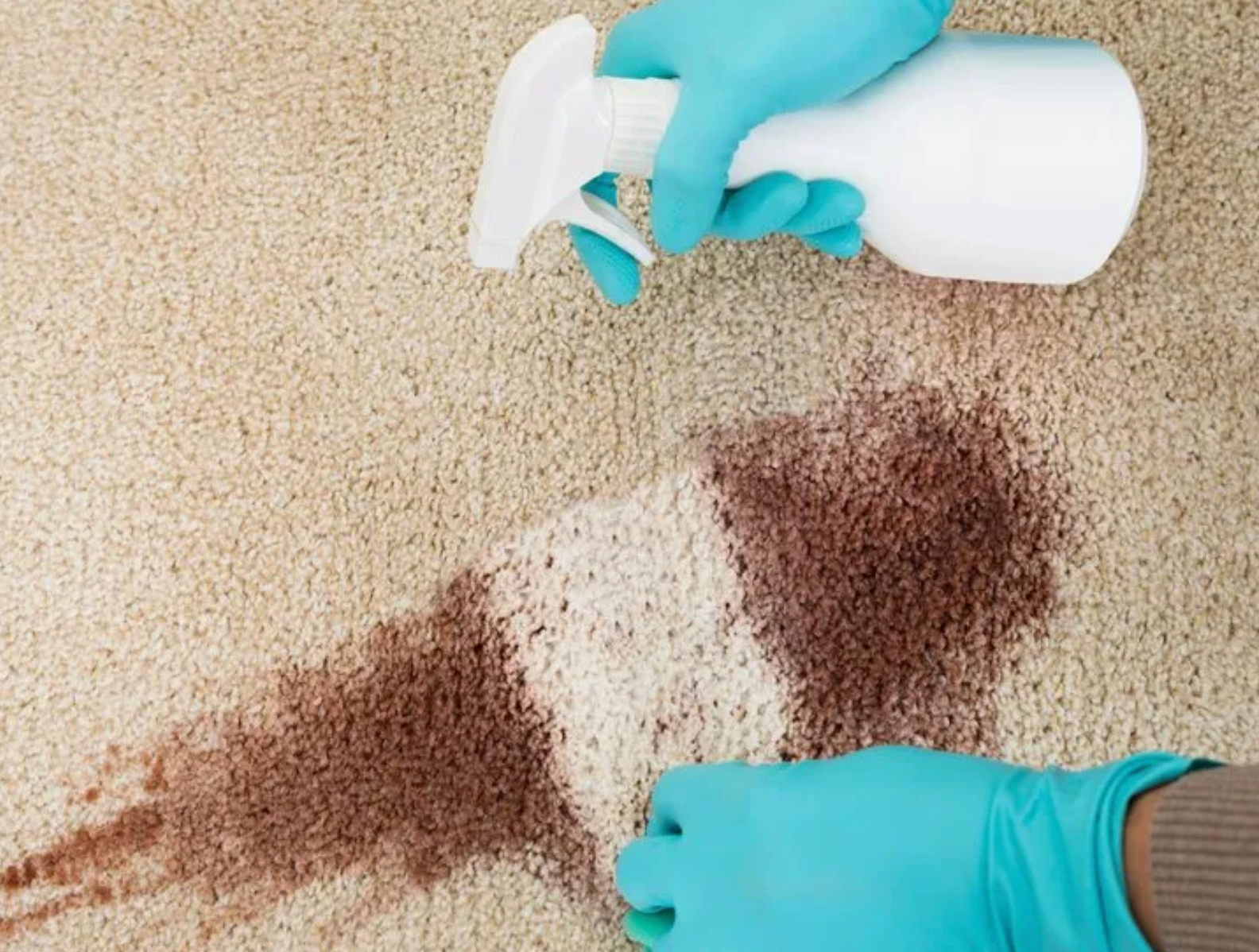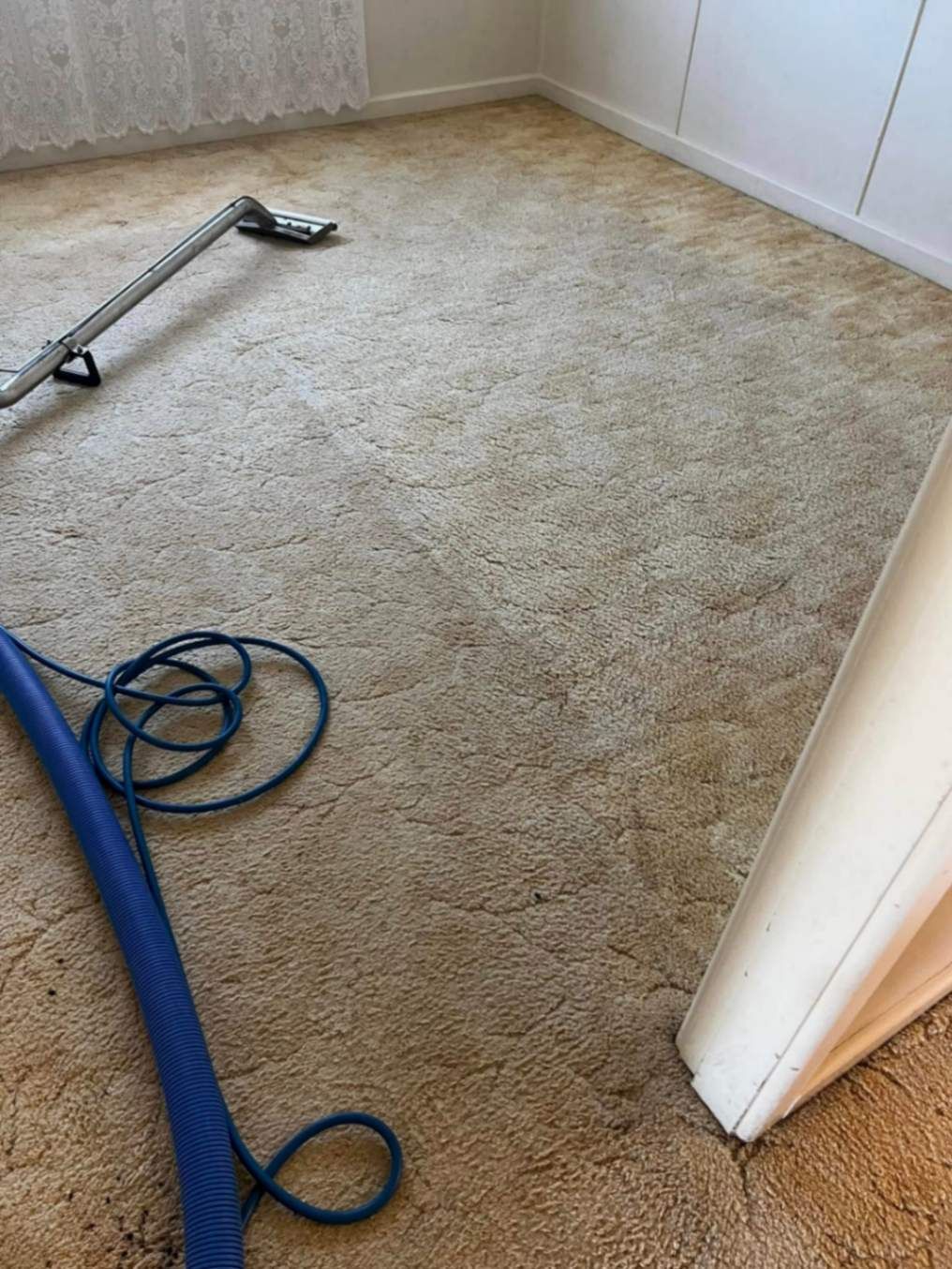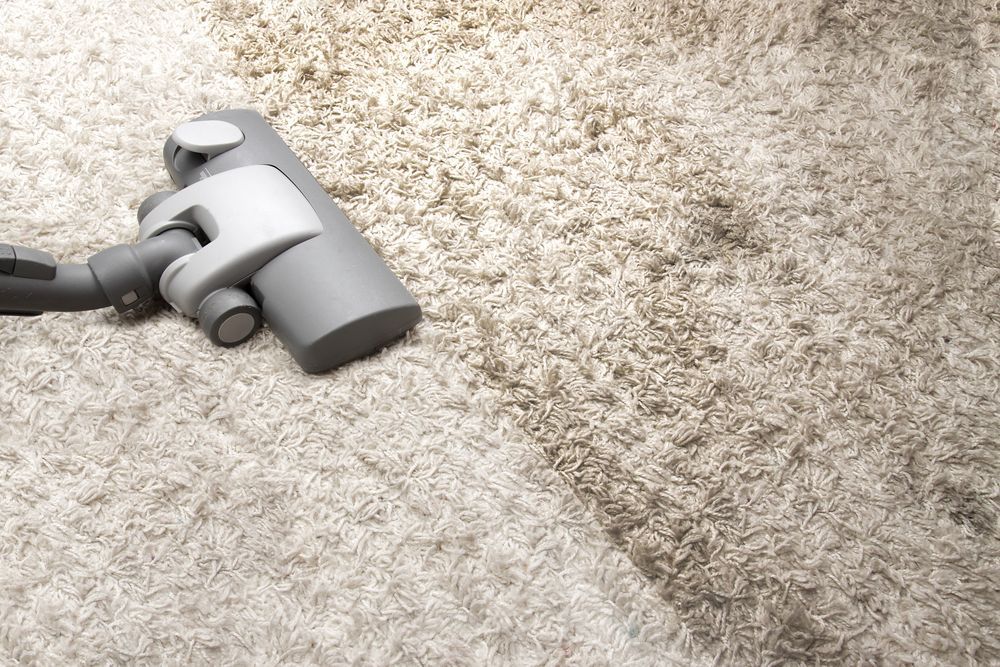The Difference Between Steam Cleaning And Dry Carpet Cleaning
Carpets are one of the most significant investments in any home, adding warmth, comfort, and style to your living spaces. But over time, even the best-kept carpets collect dust, dirt, allergens, and stains. Professional cleaning is essential to restore freshness and extend the life of your flooring. The question most homeowners face is: which method is right for you—steam cleaning or dry carpet cleaning?
Both are effective, but they work differently and deliver different results. If you’re considering professional carpet cleaning in Taree, understanding the differences between these two methods will help you choose the one that best suits your home and lifestyle.
What Is Steam Cleaning?
Steam cleaning, also known as hot water extraction, is one of the most widely recommended methods for deep carpet cleaning. It uses hot water and cleaning agents, which are injected deep into the carpet fibres and then extracted with powerful suction.
The main benefits of steam cleaning include:
- Deep cleaning power: Steam cleaning removes embedded dirt, dust mites, and allergens that regular vacuuming can’t reach.
- Stain removal: Hot water and specialised solutions help lift stubborn stains, leaving carpets refreshed.
- Hygiene benefits: The heat from steam cleaning kills bacteria, mould spores, and dust mites, improving indoor air quality.
- Longevity: By removing deep-seated grime, this method can extend the life of carpets.
The main consideration with steam cleaning is drying time. Carpets can take several hours to dry completely, sometimes up to a full day. However, it’s often the best option for households seeking a thorough clean.
What Is Dry Carpet Cleaning?
Dry carpet cleaning is a low-moisture method that uses specialised cleaning powders or solvents applied directly to the carpet. These solutions break down dirt and stains, which are then lifted with a powerful vacuum. Unlike steam cleaning, little to no water is involved.
The advantages of dry cleaning include:
- Quick drying: Carpets are ready to use almost immediately, making this ideal for busy households or workplaces.
- Surface cleaning: Dry cleaning is effective for refreshing carpets between deeper cleans.
- Convenience: Minimal disruption makes this method a good choice for commercial spaces or high-traffic areas.
- Stain treatment: Certain solvents used in dry cleaning can target specific stains with precision.
However, dry cleaning doesn’t penetrate as deeply as steam cleaning. While it’s effective for surface dirt and stains, it may not provide the same level of deep sanitation.
Comparing Steam Cleaning & Dry Carpet Cleaning
When choosing between the two methods, it helps to consider the differences side by side.
- Depth of cleaning: Steam cleaning penetrates deeper into the carpet fibres, while dry cleaning focuses on surface-level results.
- Drying time: Steam cleaning requires longer drying, whereas dry cleaning leaves carpets ready for use almost immediately.
- Suitability for stains: Both methods are effective, but steam cleaning is often better for older, stubborn stains, while dry cleaning works well for fresh or lighter marks.
- Convenience: Dry cleaning is more convenient for homes or businesses where downtime must be minimised.
- Long-term benefits: Steam cleaning offers better hygiene and allergen removal, making it ideal for families, pet owners, or anyone with allergies.
Both methods are effective in their own way, so the right choice depends on your lifestyle, needs, and expectations.
Which Method Is Better for Allergies?
Steam cleaning is generally the better option for households with allergies, asthma, or respiratory issues. The hot water extraction process removes dirt, dust mites, bacteria, and allergens that can trigger health problems.
Dry cleaning is still effective for general maintenance, but may not remove the same level of microscopic irritants. For allergy-sensitive homes, scheduling professional Taree carpet cleaning with steam cleaning at least once or twice a year can significantly improve air quality.
Which Method Is Better for Busy Households?
For families or businesses that need their carpets ready for use quickly, dry carpet cleaning is often more practical. The near-instant drying time means you can walk on your carpets again within hours, avoiding long downtime.
This makes dry cleaning particularly useful in commercial spaces, rental properties, or homes with young children and pets where fast turnaround is essential.
How Often Should Carpets Be Professionally Cleaned?
Regardless of the method, professional carpet cleaning should be carried out regularly to keep carpets in top condition. As a general rule:
- Households with children or pets should schedule cleaning every 6–12 months.
- Allergy-prone households may benefit from steam cleaning every 6 months.
- Low-traffic homes may only need a professional clean once every 12–18 months.
Alternating between steam and dry cleaning is also an option. For example, steam cleaning can provide a thorough annual refresh, while dry cleaning in between maintains appearance and hygiene.
How a Professional Carpet Cleaner Helps You Decide
Choosing between steam cleaning and dry carpet cleaning doesn’t have to be difficult. Professional cleaners assess your carpet type, lifestyle, and specific needs to recommend the most suitable method.
They take into account:
- The age and condition of your carpets.
- The type of fibres and whether they can withstand moisture.
- The level of soiling or staining present.
- Household needs, such as quick drying times or allergen removal.
By working with trusted experts in carpet cleaning, you’ll receive tailored advice that ensures your carpets get the treatment they need without unnecessary risk.
Making the Right Choice for Your Home
So, which is better—steam cleaning or dry carpet cleaning? The answer depends on your priorities.
- Choose steam cleaning if you want a deep, sanitising clean that removes dirt, allergens, and stubborn stains.
- Choose dry cleaning if you need fast results, minimal drying time, and convenient surface-level cleaning.
Many homeowners in Taree find that alternating between both methods delivers the best balance of convenience and hygiene.
Refresh Your Carpets with Professional Cleaning
At Lindfield’s Big Red Carpet Cleaning & Pest Control, we provide tailored carpet cleaning in Taree. Whether you’re after the deep-cleaning power of steam or the convenience of dry carpet cleaning, our team delivers results that restore comfort, freshness, and appearance to your home.
Don’t let dirt, allergens, or stains reduce the life of your carpets. Book your next carpet cleaning service with us and experience the difference professional care makes.
Contact us today to arrange your appointment.







